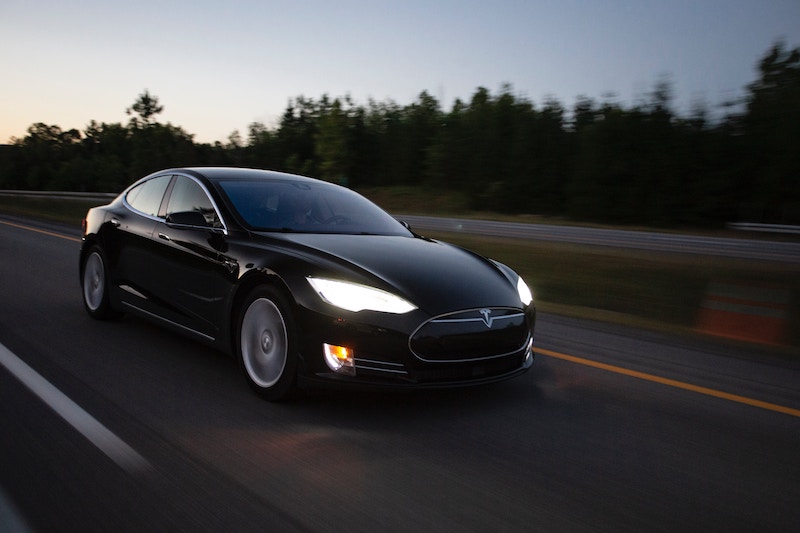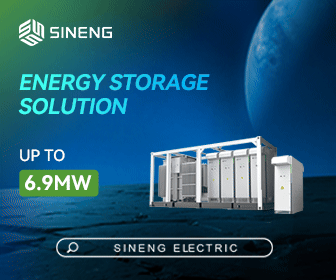Cleaner EV Charging Can Reduce Curtailment
The first half of 2019 was record-setting for renewable energy, though not necessarily for good reasons: in May, California curtailed a record-high 223,000 MWh of solar and wind power. Across the first five months of the year, solar and wind curtailments in the Golden State were more than twice what they were during the same period one year earlier.
Such curtailments-essentially throwing away perfectly good clean energy because there isn't a way for grid demand to absorb it-usually happen for two primary reasons: 1) system-wide renewable oversupply or 2) grid congestion constraints that can't funnel renewably-generated electrons to where they're needed.
New analysis shows how smarter electric vehicle charging can help power grids absorb more renewable energy-thus reducing curtailment-all with the added bonus of making EV driving even cleaner.
 Flexibility in EV charging can equate to reduced emissions
Flexibility in EV charging can equate to reduced emissions
It's relatively common knowledge that EVs are cleaner than internal combustion engine (ICE) autos, even when charged on so-called "dirty" grids heavy in fossil-fueled power. But emissions-optimized EV charging makes going electric even more beneficial for the planet, slashing transportation emissions above and beyond the switch from gasoline- and diesel-burning ICE cars to EVs.
The idea is wonderfully simple in theory, though it takes some sophisticated software wizardry behind the scenes to implement in practice.
Level 2 EV chargers are the most popular and numerous types of public EV chargers, and are gaining popularity for residential use. They're also proving to be powerful enablers of charging-related emissions reductions. They can replenish an EV battery faster than Level 1 chargers, which allows for some valuable flexibility. Their faster charging capability means that topping off an EV battery usually doesn't require the full charging time window, especially in workplace daytime and at-home overnight charging scenarios.
That difference - between the time needed to charge, and the overall time the EV remains plugged in to the grid - offers an opportunity to optimize. The majority of grids in the U.S. have a mixture of both renewable and fossil-fueled power, which means that they're "cleaner" at some moments of the day than others. For example, charging your EV 15 minutes earlier than you normally do (at 9:00 am instead of 9:15 am) can be the difference between consuming wind energy or electricity from a coal plant. New technology is making it possible to automatically sync charging with those cleaner moments, and pause charging at times when you would be hooking up to dirtier energy. All of this can be achieved without negatively impacting the end result: a fully-charged battery ready to go when you need it.
To see just how much cleaner EVs could be with smart emissions-optimized charging vs. traditional "dumb" charging, we looked at four grids across North America, a representative spectrum of fossil-intensive, renewables-rich, and blended generation mixes.
The results are profound: we found that EVs can be up to 18 percent cleaner annually, and up to 90 percent cleaner on individual days vs. traditional "dumb" charging. That's good news for slashing transportation-related carbon emissions. But it's also good news for taking a bite out of renewable energy curtailment.
 Smart EV charging provides a simple way to avoiding renewable curtailment
Smart EV charging provides a simple way to avoiding renewable curtailment
As legacy fossil-fueled grids add more and more renewables, we're seeing the emissions rates of grids become ever more variable. That variability is continuous, as the real-time mix from moment to moment changes and the marginal generator that responds to fluctuations in demand changes.
Although grids with the most variability provided the greatest opportunity for reducing emissions, smarter EV charging can make a difference across the country. By "pulling" more EV charging demand into moments of renewable energy supply, EVs can help grids absorb wind and solar power that might otherwise be wasted.
At the end of the day, "emissions-optimized EV charging" is a transportation-specific name for a term that has gained increasing traction in recent years: demand flexibility. And it's a concept that will become even more powerful as more devices electrify. In a future world in which we have a renewables-rich and variable grid supply, and a robust fleet of electric vehicle demand, flexibility and emissions-optimized charging will take on an important role at the dynamic interface between them.
Christy Lewis is an analyst and Peter Bronski is a cleantech consultant for WattTime, a nonprofit that offers technology solutions to let anyone achieve emissions reduction. The above-referenced report can be found here.
WattTime | www.watttime.org
Author: Christy Lewis and Peter Bronski
Volume: 2019 November/December









